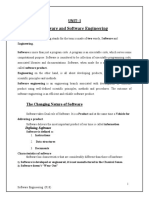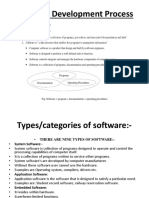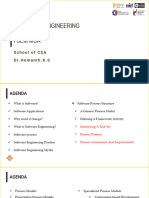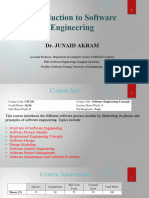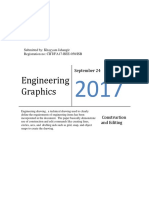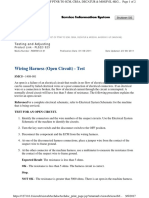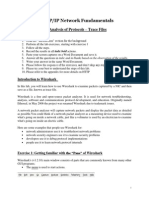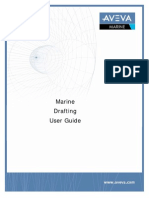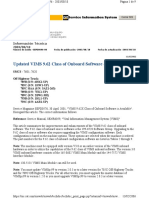0% found this document useful (0 votes)
18 views79 pages1.software Development Process
The document outlines the software development process, detailing various models such as Waterfall, Incremental, RAD, Prototype, and Spiral, along with their advantages and disadvantages. It emphasizes the importance of communication, planning, modeling, construction, and deployment in software engineering, as well as the role of agile methodologies like Extreme Programming and Scrum. Additionally, it discusses the characteristics of software, categories of software, and the layered technology approach in software engineering.
Uploaded by
birajdaranuradha7Copyright
© © All Rights Reserved
We take content rights seriously. If you suspect this is your content, claim it here.
Available Formats
Download as DOCX, PDF, TXT or read online on Scribd
0% found this document useful (0 votes)
18 views79 pages1.software Development Process
The document outlines the software development process, detailing various models such as Waterfall, Incremental, RAD, Prototype, and Spiral, along with their advantages and disadvantages. It emphasizes the importance of communication, planning, modeling, construction, and deployment in software engineering, as well as the role of agile methodologies like Extreme Programming and Scrum. Additionally, it discusses the characteristics of software, categories of software, and the layered technology approach in software engineering.
Uploaded by
birajdaranuradha7Copyright
© © All Rights Reserved
We take content rights seriously. If you suspect this is your content, claim it here.
Available Formats
Download as DOCX, PDF, TXT or read online on Scribd
/ 79


















